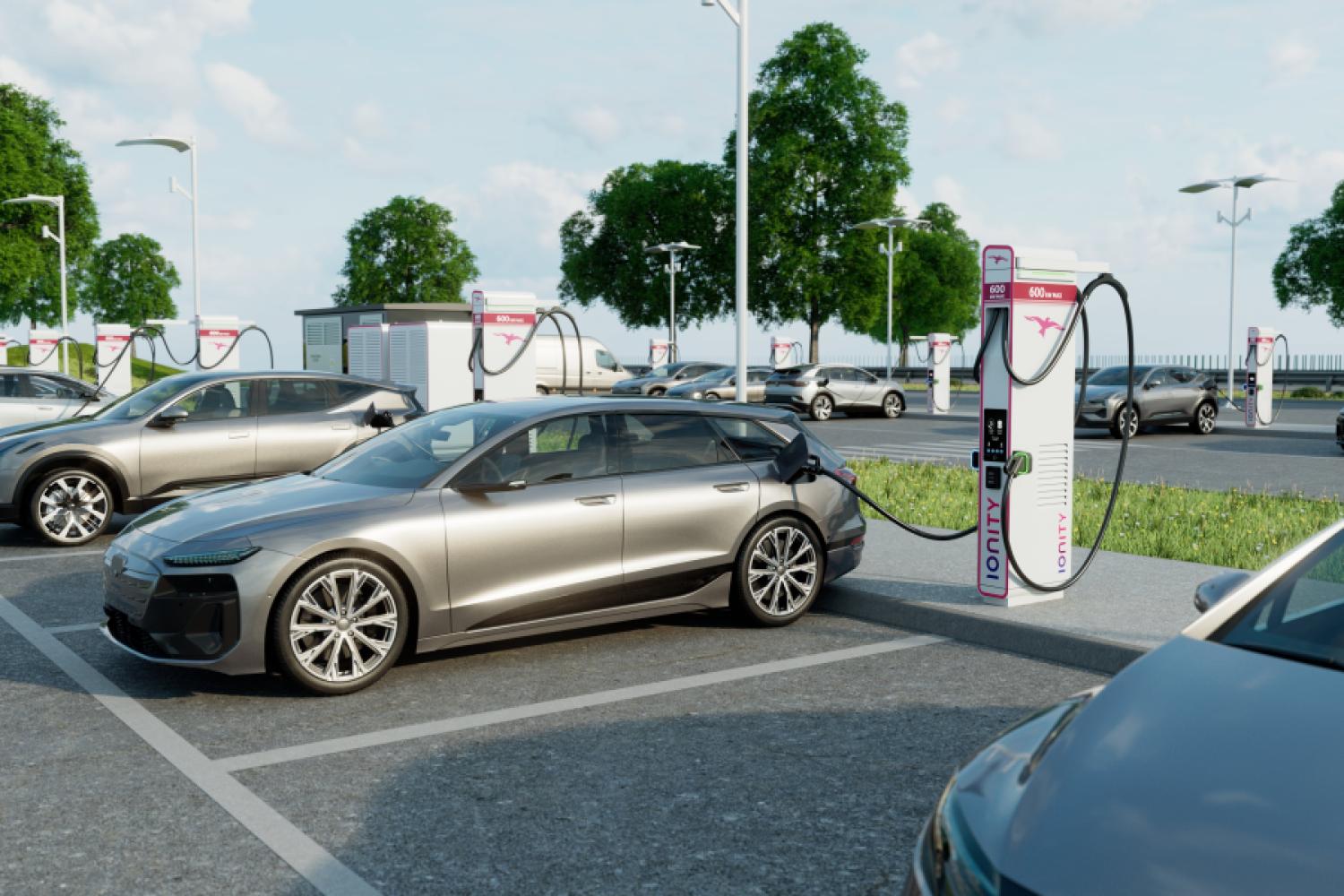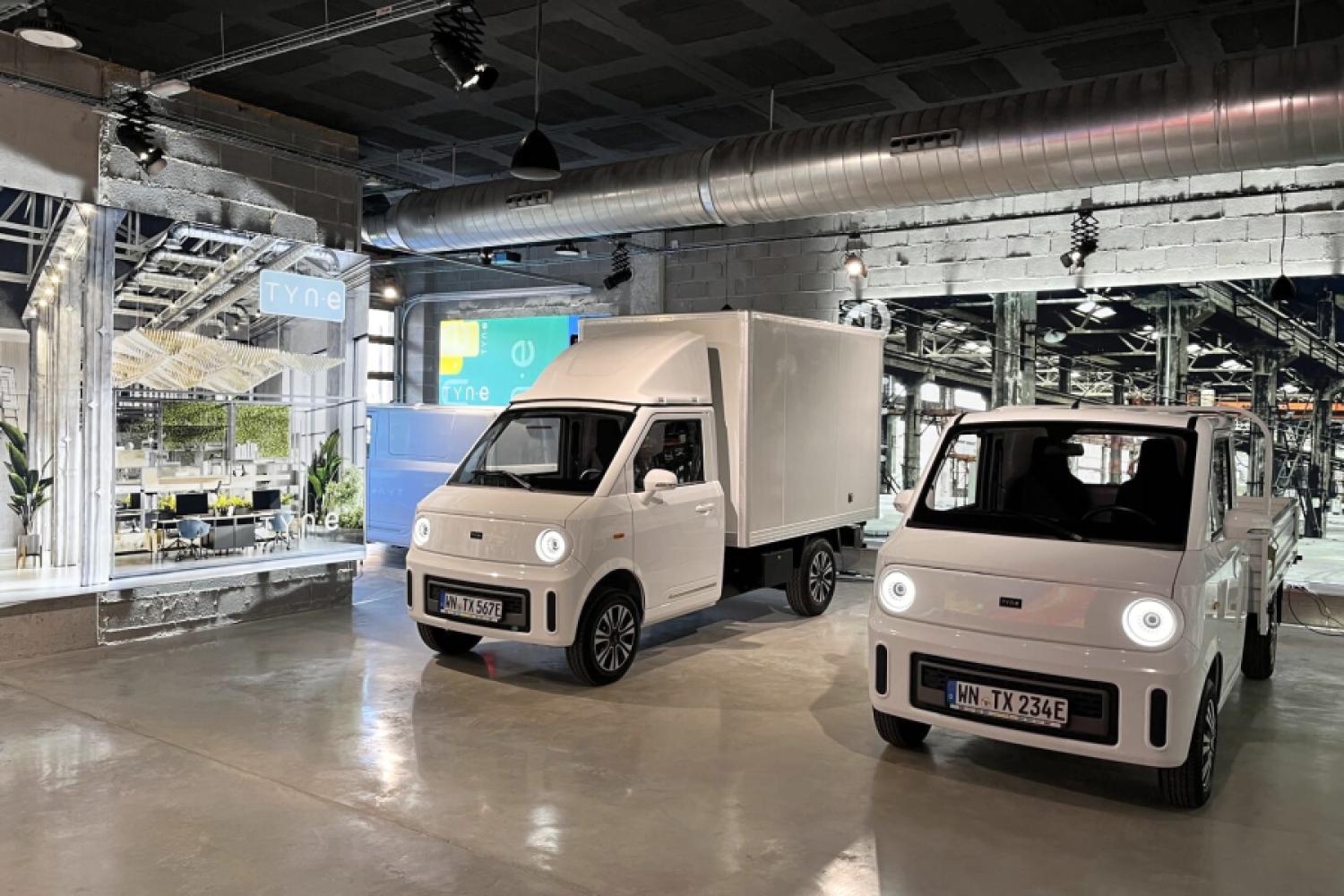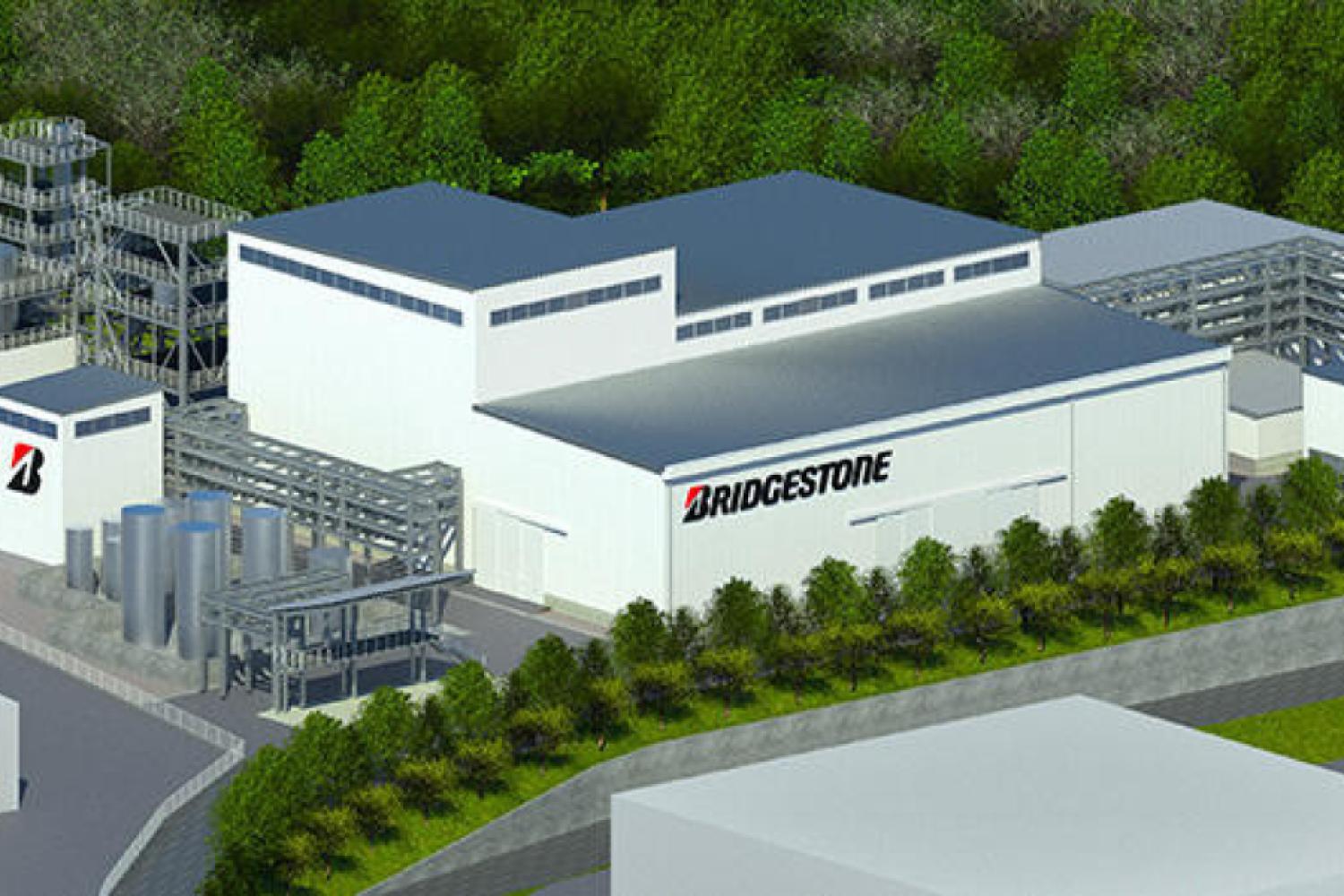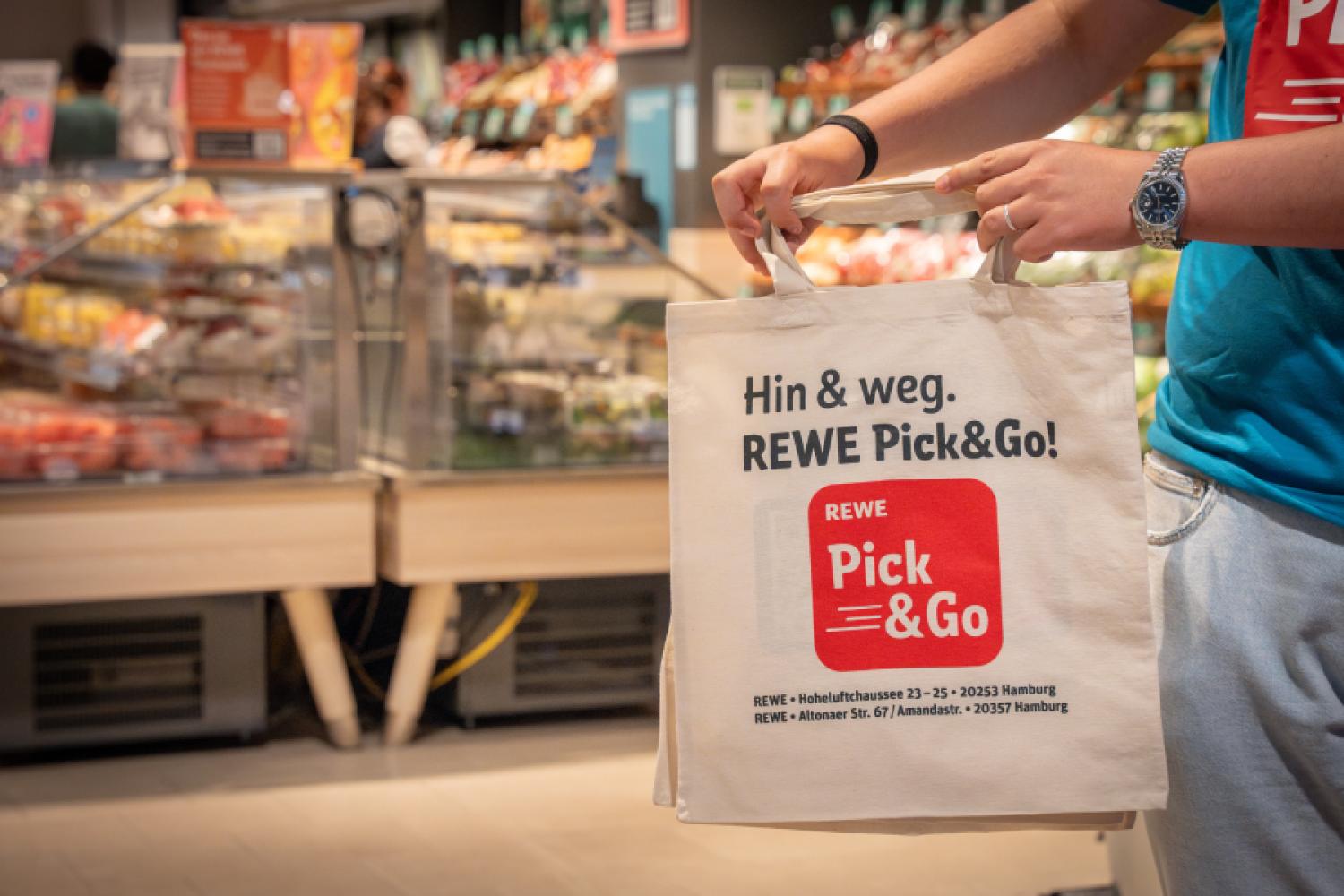Construction machines as bots – what sounded like magic just a few years ago is becoming more and more reality: at the Liebherr stand, where a T264 dumper was once again displayed. This time, however, it is electric and autonomously driving.
From the Track to the Pit: Williams Advanced Engineering on Board with the T264
Brief excursion: Its 3.2 MW battery was developed by Fortescue Zero. Before Fortescue Zero became a part of Fortescue in 2022, the company formerly known as Williams Advanced Engineering adapted technologies developed for the Williams Racing Formula One Team for other industries. The charging power? It's gigantic when static: Up to six megawatts can fully charge the T 264 Battery Electric in less than an hour!
However, you can also put the dumper on a “charging leash” or rail and charge it dynamically while driving, using the Liebherr Power Rail. Unlike conventional overhead lines, the T264 is connected sideways to the power lines. According to Liebherr, this simplifies the installation and maintenance of the charging infrastructure and is intended to enable safe cornering.
The main reason for this solution lies in gradients: When loaded going downhill and empty going uphill, the T264 is almost a perpetual motion machine, as it can recuperate a lot more electricity when going downhill with much more weight, which it can then use when climbing uphill. However, this requires modest circulation speeds. If faster or loaded uphill travel is needed, dynamic charging increases the speed.
The exhibit offers all of this optionally without a driver, as it is equipped with the Autonomous Haulage Solution (AHS), a technology developed by Liebherr in collaboration with Fortescue for the "development of an emission-free ecosystem for mining." AHS has an energy management system that coordinates the stationary charging processes for the haul trucks and ensures optimal utilization of the charging system without on-site waiting times. According to Liebherr, AHS is also meant to optimize the routes and speeds of the trucks to reduce energy consumption and ensure that the trucks can be used as efficiently as possible.
The T264 operates in the "Ultra Class" – but is more of a baby there!
Briefly on the facts: The T264 offers up to 240 tons of payload and thus operates in the "Ultra Class" of mining equipment – but is the "smallest" of the family – with the T274 and T284 above it, although they are not electric. The T264 Battery Electric weighs 176 tons empty, reaching a total weight of up to 416 tons! Liebherr is silent about the power values for the electric version, but the diesel-electric drive boasts 2,013 kW of power.
Now, the T264 is rather immobile during the exhibition, which is why we walk a few meters further, where Liebherr has set up a "grid" for live demos of smaller vehicles. These operate autonomously – in this case with a crawler tractor and wheel loader – in the digitally delineated grid where one can define what should be done – and then let the two bots in construction machine form "work."
You can program the construction machine with what to do
Construction machine users made of flesh and blood can also input instructions to a crawler about which area should be worked on – for example, a slope with x degree angle – and the crawler acts accordingly. This theoretically allows the operator to forego the data from a planning office and program it themselves – but then one should know exactly what is being input!
Komatsu presents a mobile loading robot
We continue on and encounter more such shows and products: Komatsu presented a loading bot for electric construction vehicles in the hall: The battery on four wheels can autonomously drive to vehicles within the construction site that are currently requesting charging – and supply them with power, without them having to drive significantly to a charging station. This saves unnecessary trips.
In the outdoor area, digging was then carried out: Men or women can input a starting point with their Komatsus, then the highest point that must be lifted, and finally a dumping point. You set these setpoints the first time – from then on, the machine digs on its own – you just have to make sure that the vehicle to be loaded, if there is one, moves accordingly.
And it continues this way with tar machines, compactors, and rollers: you can precisely program how tightly what needs to be packed and finely adjust the various parameters, and then the machines simply do their job!
Hidromek also plans autonomy with wheel loaders and rollers without cabins
And since construction usually involves limited, precisely defined areas, you can also store them as a data cloud, so the machine only works there. At Hidromek, there's also a roller HMK130CS and a wheel loader HMK630WL without a cabin on the stand: Instead, concentrated control technology from cameras, Lidar, and radar provides a digital all-around view. May this also be maintained for us politically!
What does that mean?
Bots at Bauma? Yes, and quite a few – since construction sites and pits are usually tightly confined areas, you can operate autonomously very well here. Nowadays, you can digitally program exactly what should be done, with what pressure or filling, and where. With AI, one day you might simply be able to drive to the location where the construction is to be done, then input what should be built and how – and then the machines plan and carry it out on their own…
Sources: Bauma 2025, own research, manufacturer press releases






